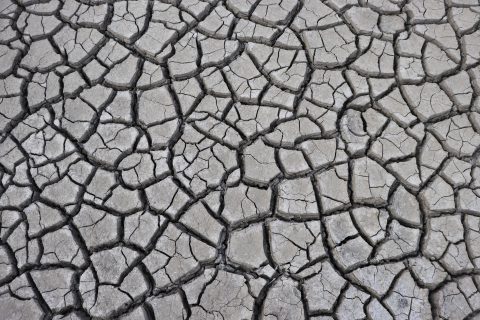How to battle the enemy of rust in winter time

Millions of car owners in cold countries face expensive vehicle repairs from rust damage every year. The main culprit: rock salt and the chemicals used to de-ice roadways. The American Automobile Association (AAA) advises motorists to be proactive throughout the winter to prevent dangerous rust-related vehicle damage to brake lines, fuel tanks, exhaust systems and other critical vehicle components. Their simple solution: the car wash.
“Regularly washing your vehicle in the winter is critical to avoiding costly repairs down the road,” Mike Hoshaw of AAA said. “Over time, rust can not only cause cosmetic issues, but serious safety issues if components on the underside of your vehicle become damaged.”
New chemicals
In recent years, many departments who maintain roads have shifted from using rock salt to liquid de-icers to combat ice and snow on the roadways. These newer alternatives are more effective than traditional salt because they can be applied before a snowstorm, have a lower freezing point and melt ice and snow faster.
However, these chemicals can cause more damage to your care since they remain in liquid form longer. Therefore they are more likely to coat components and seep into cracks and crevices where corrosion can accelerate.
Some advice
While some rust damage is unavoidable, the Automobile Association recommends motorists take the following preventative steps in order to reduce the possibility of vehicle damage:
* When possible, limit driving immediately before, during and after winter storms when salt and de-icing solutions are being applied and are at their highest concentrations.
* Frequently wash your vehicle, paying particular attention to the undercarriage. This will loosen, dissolve and neutralize road salts. Many drive-through car washes offer an undercarriage rinse as an option.
* Always use a high-quality car wash solution, not a household dish detergent that will strip the wax from your vehicle.
* Repair any body damage and touch up paint scratches and chips that expose bare metal which could lead to rust.
* Give the entire vehicle and undercarriage one last cleaning in the spring. Any deposits left over from winter can continue to cause corrosion year-round if not properly removed.
Repair needed
When you experience any of the following vehicle malfunctions, the AAA advises to immediately move the vehicle off the road to a safe location and have it towed to a repair facility:
*In-dash warning lights for brakes and other critical systems.
*A “spongy” or soft feeling when applying pressure to the brake pedal.
*An unusually loud exhaust sound or the smell of fumes in or around the vehicle.
* The prominent smell of gasoline or diesel fuel when the vehicle is running or parked.
Also read:




